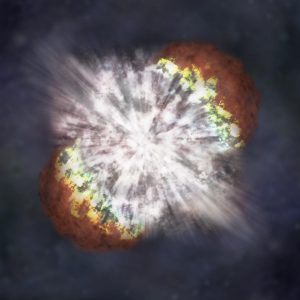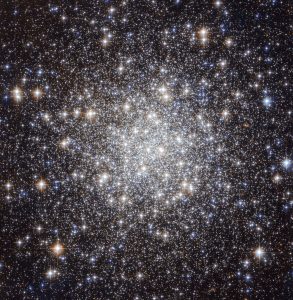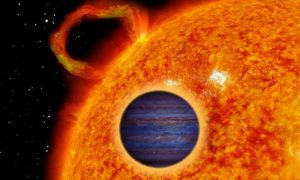metallicità
Buchi neri primordiali per forgiare elementi pesanti
Si dice comunemente che siamo polvere di stelle, le fornaci nucleari in cui molto tempo fa sono stati prodotti elementi fondamentali per la vita attraverso un processo chiamato nucleosintesi. Ma l’origine degli elementi più pesanti, come oro, platino e uranio non è ancora del tutto chiara. Continua a leggere
Una Rara, Antica Supernova Superluminosa
La morte di una stella massiccia, avvenuta in una galassia ben dieci miliardi di anni fa, ha creato una rara supernova superluminosa, che gli astronomi ritengono una delle più distanti mai scoperte. Continua a leggere
Nuova luce sulle prime stelle dell’Universo
Un team di astronomi dell’Università di Notre Dame ha individuato quella che potrebbe essere la seconda generazione di stelle, rivelando nuovi indizi sulla natura dei primi astri nati nell’Universo. Continua a leggere
Una stella simile al Sole ospita un denso gioviano caldo
Gli astronomi hanno rilevato un esopianeta gioviano caldo in transito davanti ad una stella simile al Sole localizzata a circa 1800 anni luce dalla Terra. Il pianeta appena scoperto, chiamato EPIC 220504338b, è stato individuato grazie alla missione K2 del telescopio Kepler. Continua a leggere



